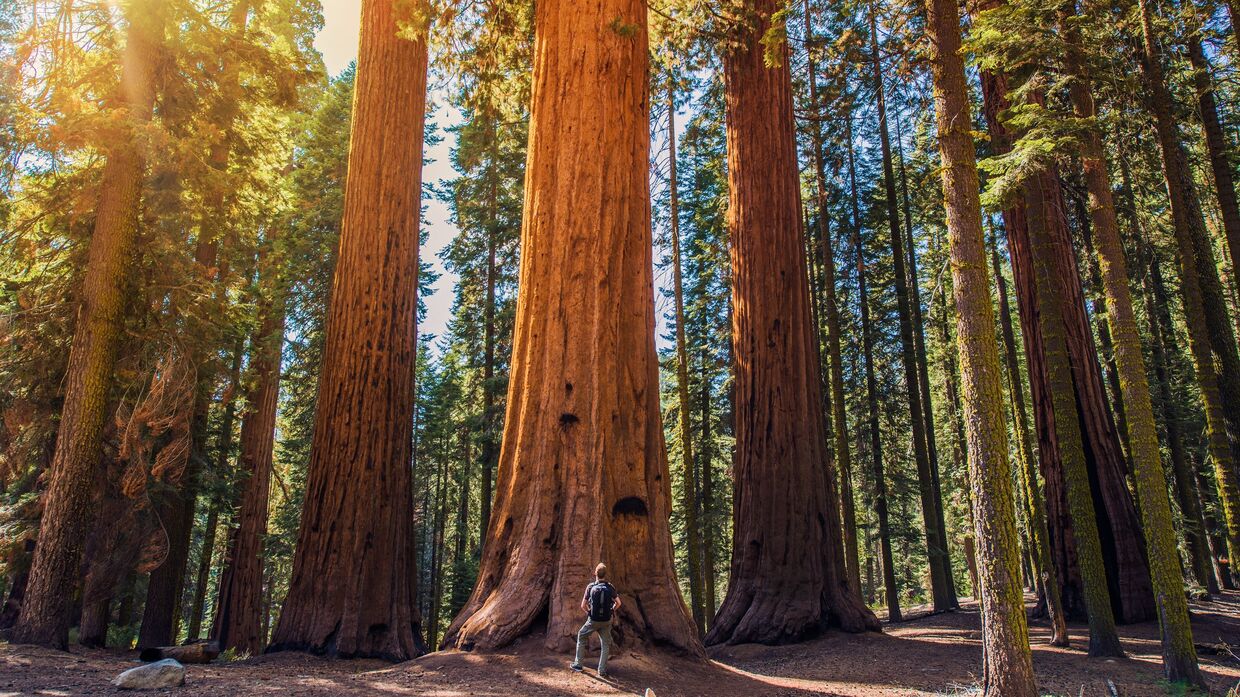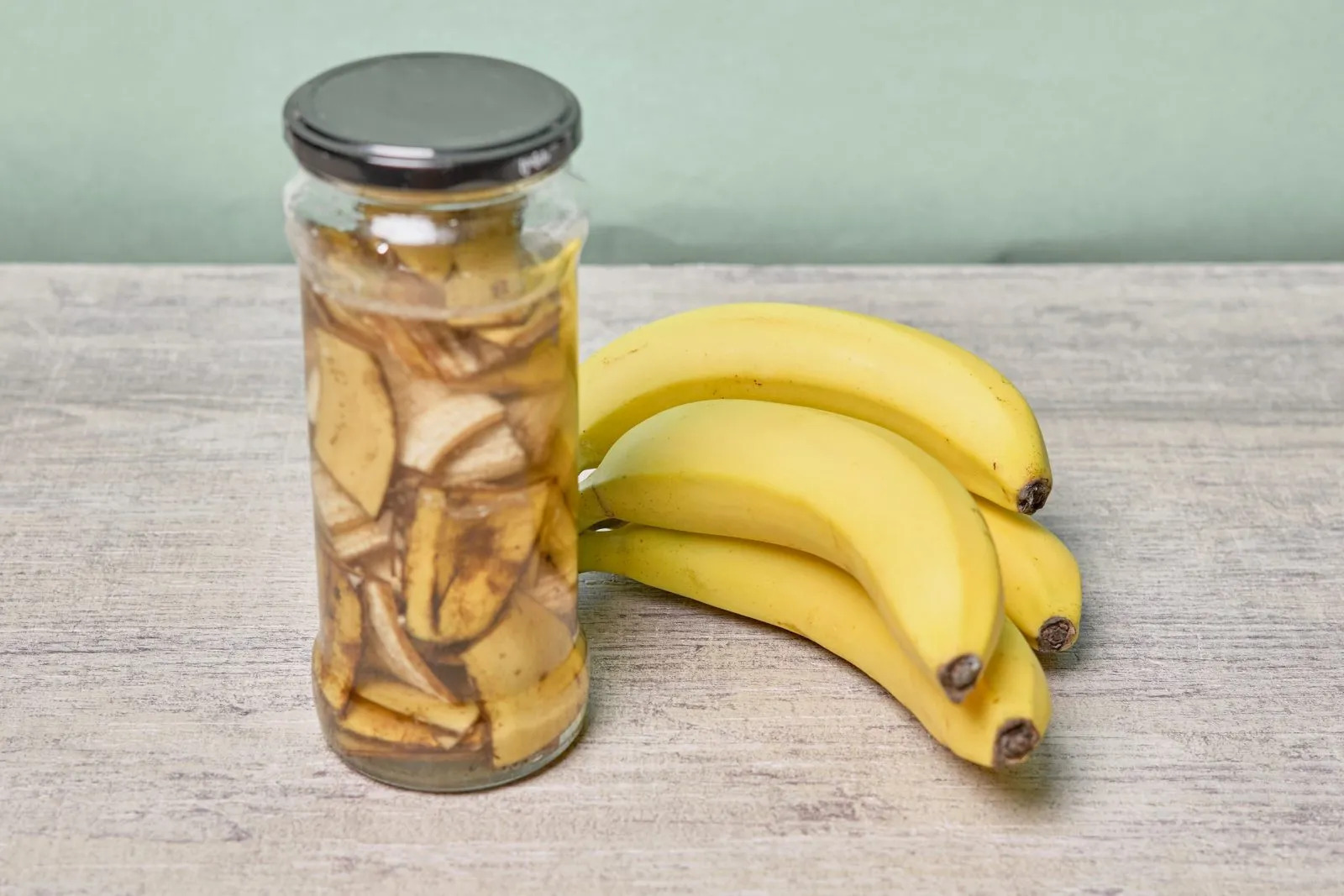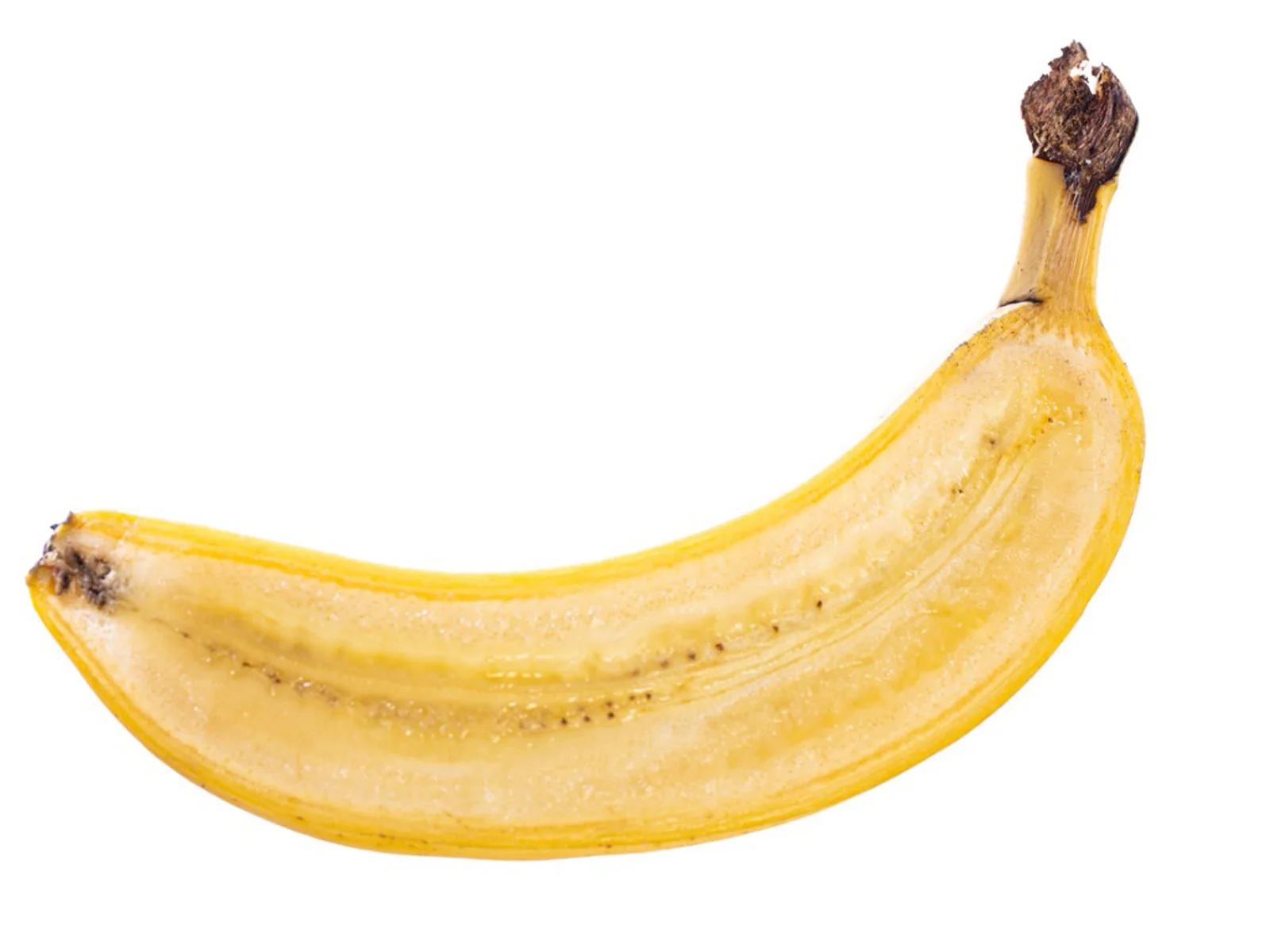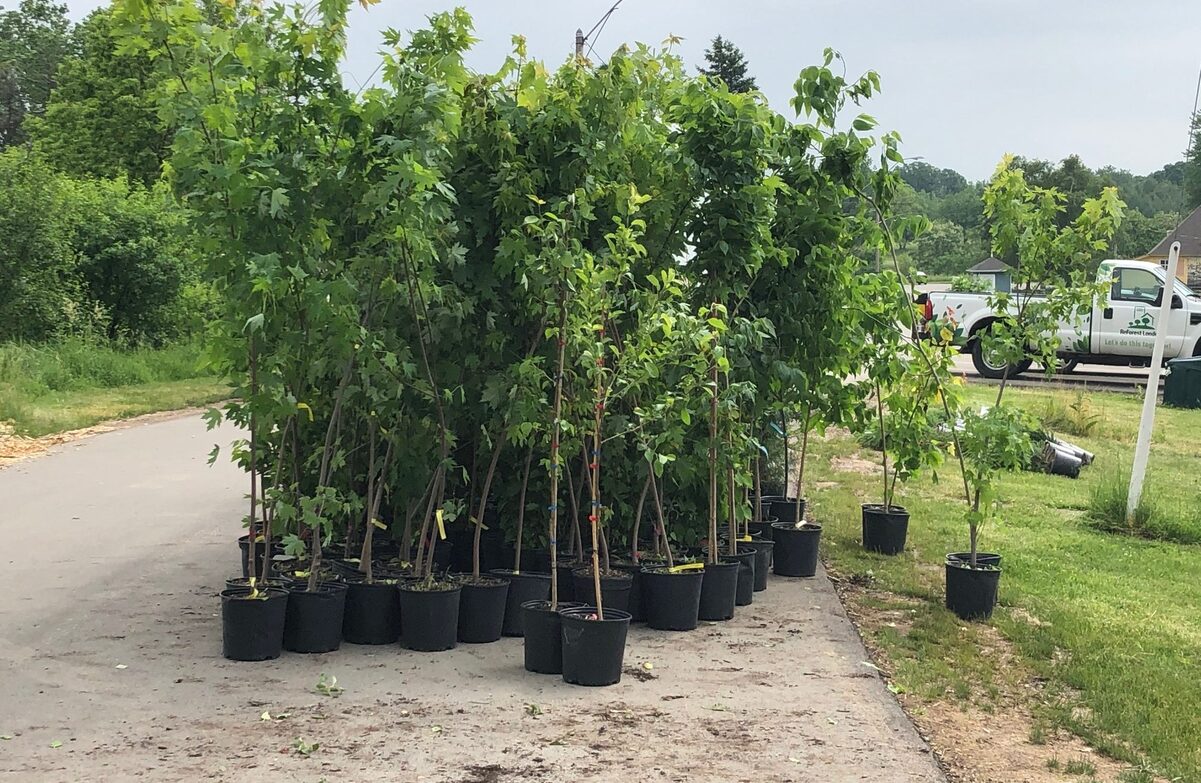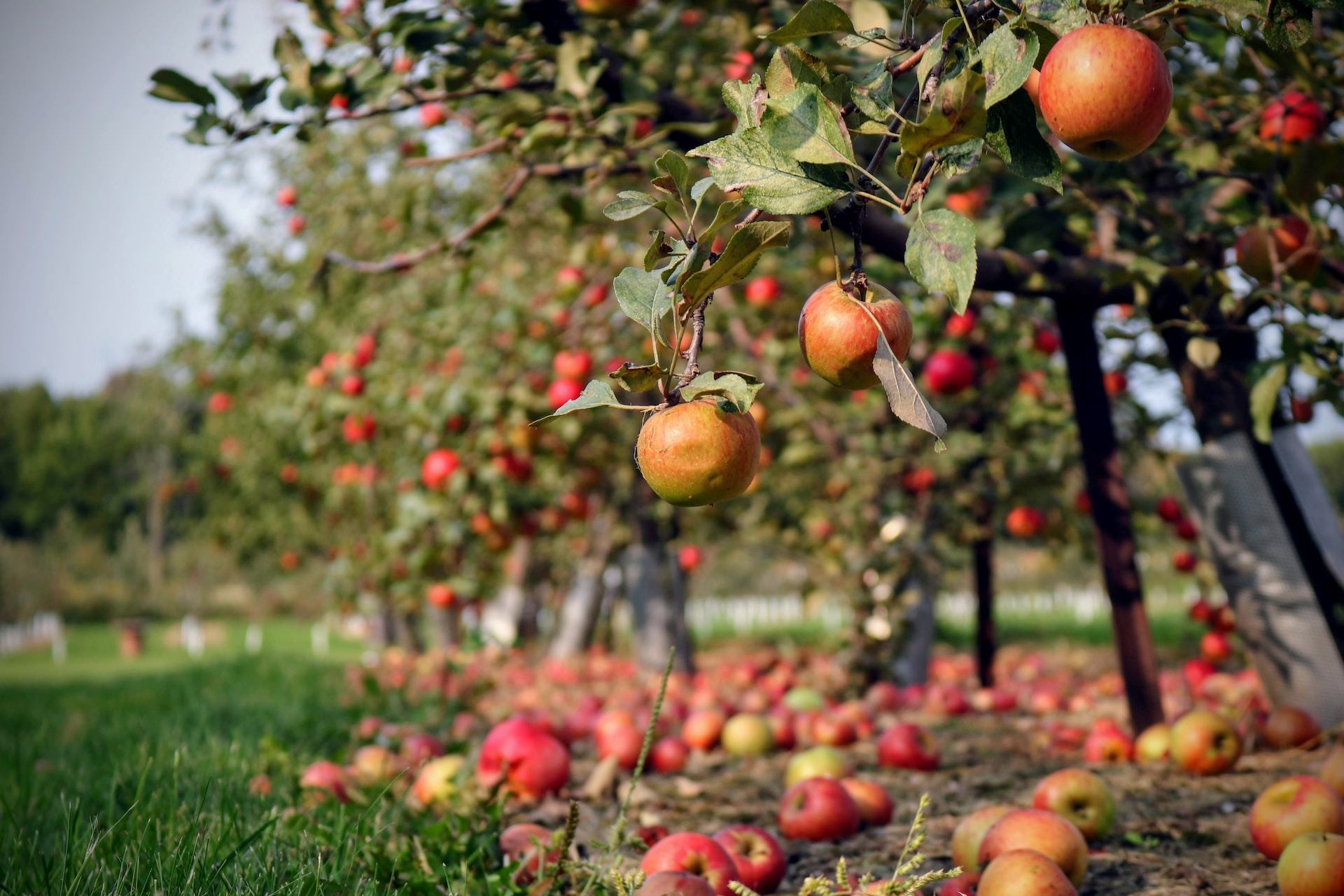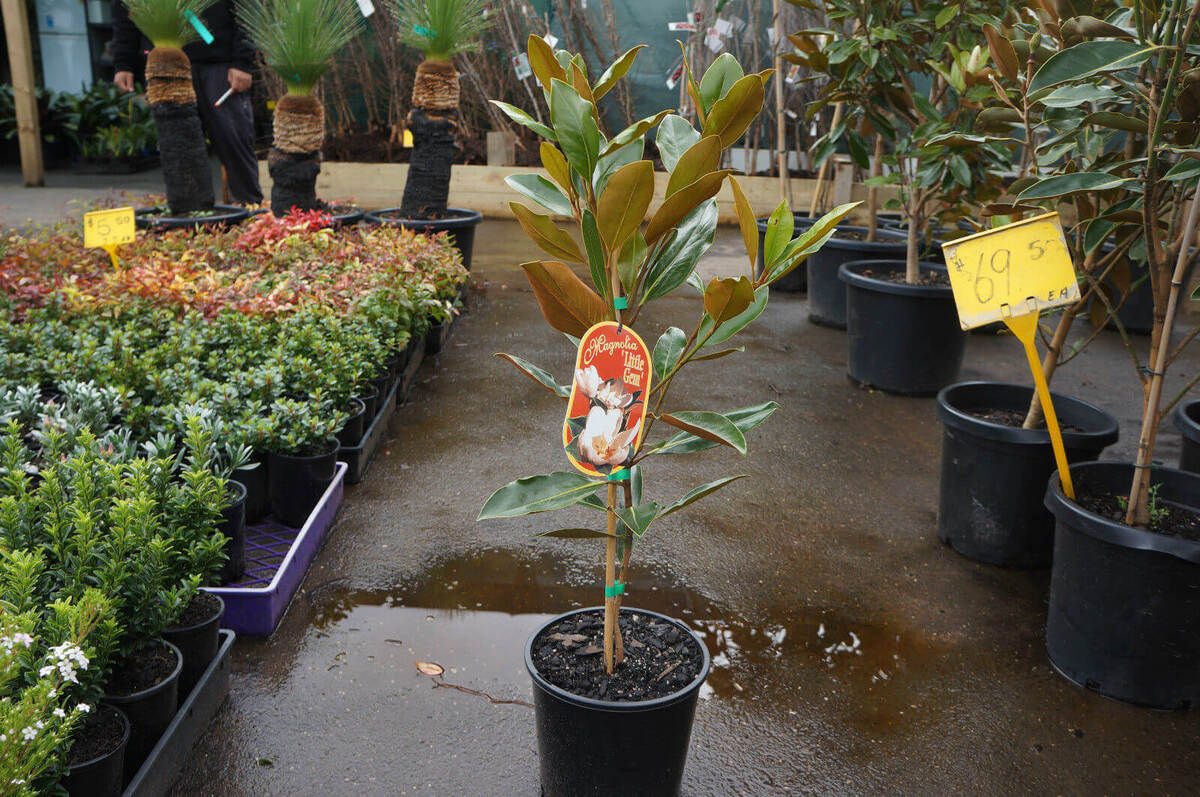Home>Types of Gardening>Edible Gardening>Where To Plant Banana Trees
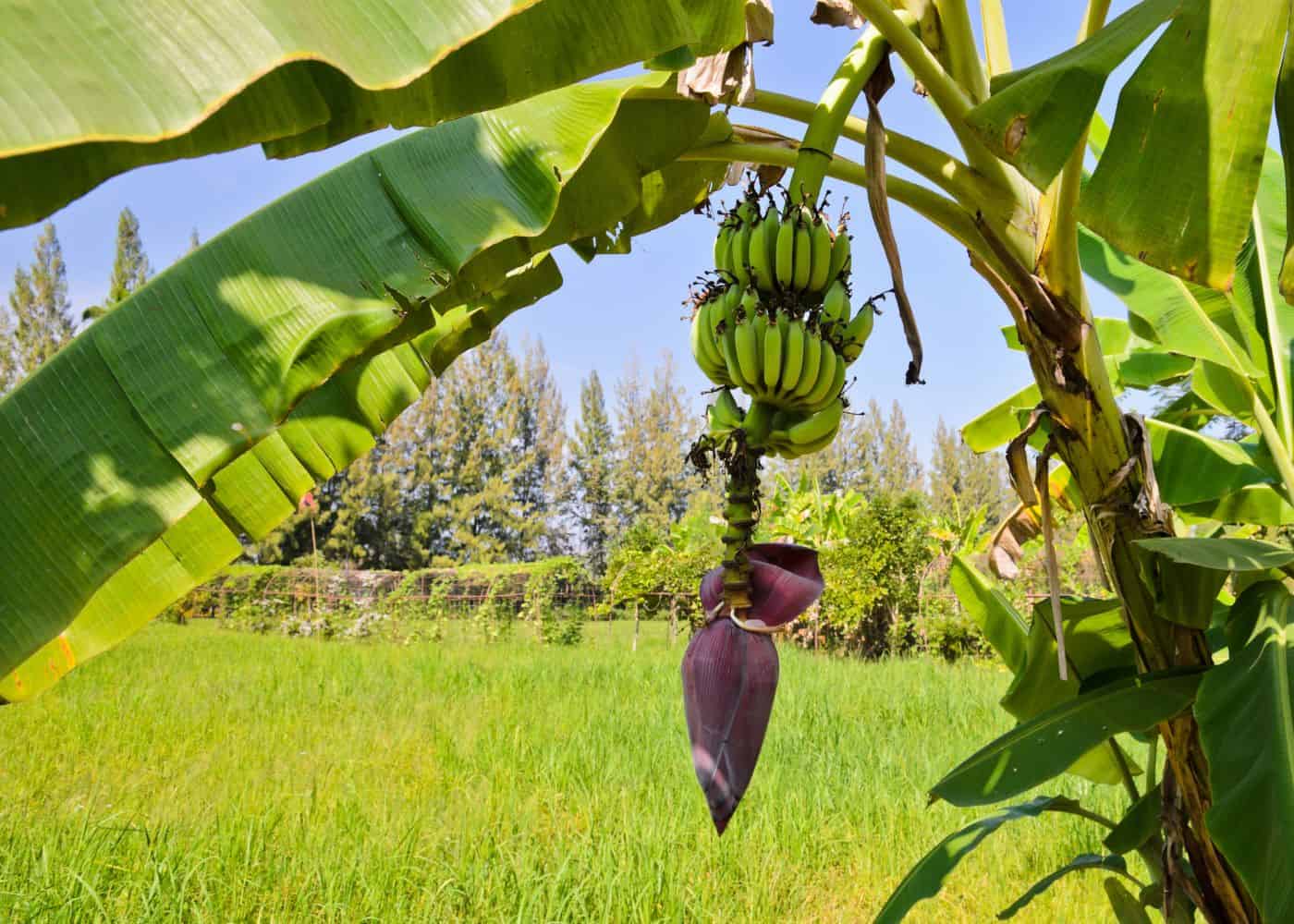

Edible Gardening
Where To Plant Banana Trees
Modified: January 22, 2024
Discover the best locations to plant banana trees in your edible garden. Find out how to create optimal conditions for healthy growth and abundant fruit harvests with our expert tips and advice.
(Many of the links in this article redirect to a specific reviewed product. Your purchase of these products through affiliate links helps to generate commission for Chicagolandgardening.com, at no extra cost. Learn more)
Table of Contents
Introduction
Welcome to the world of edible gardening! Whether you have a spacious backyard or a cozy balcony, growing your own food is a rewarding and fulfilling experience. One of the most popular choices for edible gardening is planting banana trees. Bananas not only provide a delicious source of nutrition, but they also add a tropical touch to any garden.
Before you jump into planting your own banana tree, there are several factors you need to consider to ensure its successful growth. Climate, soil conditions, sunlight, watering needs, and protection from wind are all important aspects that need to be taken into account. Additionally, knowing the optimal spacing, companion plants, and understanding common pests and diseases will help you maintain a healthy and thriving banana tree.
Throughout this article, we will guide you through the essential steps to help you determine the best location for planting your banana tree and provide valuable insights into its cultivation. So, let’s delve into the world of banana trees and discover where and how to plant them!
Climate and Temperature Requirements
When it comes to growing banana trees, they thrive in tropical and subtropical climates. These plants are usually found in regions with warm temperatures and high humidity. Ideally, the temperature range for growing bananas is between 78-86°F (25-30°C).
In terms of hardiness zones, banana trees are typically suited for zones 9-11. However, with proper care and protection, they can be grown in zones 8 as well. If you live in a colder climate, you can consider growing dwarf or cold-hardy banana varieties that are more tolerant of lower temperatures.
Banana trees also require a frost-free environment. They are sensitive to cold temperatures and can suffer damage or even die if exposed to frost. Therefore, it’s important to choose a location that offers sufficient protection or consider using frost covers or other methods to shield the plants during colder months.
Additionally, bananas thrive in areas with high humidity. They require a constant supply of moisture in the air to develop properly. If you live in a drier climate, consider misting the leaves of your banana tree regularly or using a humidifier to maintain the required humidity levels.
In a nutshell, banana trees prefer warm and humid conditions. By selecting a suitable location that offers the right climate and temperature range, you are laying the foundation for healthy growth and abundant fruit production.
Soil Conditions
The right soil conditions are crucial for the successful growth of banana trees. They require well-draining soil that is rich in organic matter. Sandy loam or loamy soils are ideal as they provide good drainage while retaining enough moisture for the plants.
Prior to planting, it’s advisable to amend the soil with organic matter such as compost or well-rotted manure. This helps improve the soil’s fertility and water-holding capacity. You can also incorporate perlite or vermiculite to enhance drainage if you have heavy clay soil.
Soil pH is another important factor to consider. Banana trees prefer a slightly acidic to neutral pH range of 5.5-7.0. You can easily test your soil’s pH using a home testing kit or by sending a sample to a local agricultural extension office. If the pH is outside the desired range, you can adjust it by adding amendments such as lime (to raise pH) or sulfur (to lower pH).
In addition to the right texture and pH, banana trees also benefit from a balanced nutrient supply. They require adequate amounts of nitrogen, phosphorus, and potassium (N-P-K) for healthy growth and fruit production. You can choose to incorporate a slow-release fertilizer into the soil before planting or use organic fertilizers throughout the growing season.
Overall, providing your banana trees with well-draining soil, rich in organic matter, and maintaining the appropriate pH and nutrient levels will create an optimal growing environment and ensure healthy development of your plants.
Sunlight and Shade
When it comes to sunlight requirements, banana trees are considered full-sun plants, meaning they require at least 6-8 hours of direct sunlight each day. Adequate exposure to sunlight is essential for the plants’ photosynthesis process and overall growth.
Find a location in your garden or on your balcony that receives maximum sunlight throughout the day. Ensure that there are no tall trees or structures that cast shadows and obstruct sunlight from reaching your banana tree.
While banana trees thrive in full sun, they can also tolerate partial shade. If you live in a hot climate where intense sunlight can scorch the leaves, providing some shade during the hottest part of the day can be beneficial. This can be achieved by planting your banana tree near a larger tree or using shade cloth to filter the sunlight.
In contrast, if you live in a cooler climate or have limited access to direct sunlight, you can still grow banana trees. Opt for dwarf or cold-hardy varieties that are more adaptable to shadier conditions. Just keep in mind that the growth rate and fruit production may be slower compared to plants in full sun.
Remember to regularly monitor and adjust the shading or exposure to sunlight based on your specific climate conditions and the needs of your banana tree. Striking the right balance between sunlight and shade will promote healthy growth and optimal fruit production.
Wind Protection
Providing adequate wind protection is essential for the successful growth of banana trees, especially in areas prone to strong winds or gusts. Wind can cause damage to the leaves, stems, and even uproot the plants if they are not properly protected.
Avoid planting banana trees in open, exposed areas where they are directly exposed to strong winds. Instead, consider planting them near a fence, wall, or other structures that can act as windbreaks. These structures can help create a microclimate that provides protection from strong gusts and reduces the risk of damage.
In addition to natural windbreaks, you can also use artificial methods to shield your banana trees. Options include using windbreak netting or constructing windbreak barriers using materials such as bamboo or fabric. These barriers can be strategically placed to block the wind and protect the plants.
Another way to provide wind protection is by planting wind-tolerant plants or shrubs around your banana trees. These companion plants can create a buffer zone that helps reduce wind speed and protects your banana trees from direct exposure.
Regularly inspect your banana trees for any signs of wind damage, such as bent or torn leaves. If you notice any damage, gently straighten the affected parts or provide additional support by staking the tree or tying it to a sturdy structure.
By taking proactive measures to protect your banana trees from strong winds, you can ensure their overall health and longevity, and enjoy a fruitful harvest in a secure environment.
Watering Needs
Proper watering is essential for the healthy growth of banana trees. These plants require a consistent and adequate water supply to thrive and produce fruit. Understanding their watering needs will help you maintain optimal soil moisture levels and prevent issues such as dehydration or waterlogged roots.
When it comes to watering banana trees, it’s important to strike a balance. They prefer evenly moist, well-drained soil. Aim to keep the soil consistently moist but not overly saturated. Overwatering can lead to root rot and other fungal diseases, while underwatering can cause stress and hinder growth.
The frequency of watering will depend on various factors such as climate, soil type, and the stage of growth of your banana tree. In general, establish a regular watering schedule and monitor the moisture levels in the soil. Water deeply, ensuring that the water penetrates the root zone. This encourages the development of a strong and healthy root system.
During hot and dry periods, you may need to increase the frequency of watering to compensate for the increased evaporation and water loss. Conversely, during cooler or rainy seasons, adjust the watering schedule accordingly to avoid overwatering and waterlogging the soil.
It’s also beneficial to mulch around the base of your banana tree. Mulching helps retain moisture in the soil by reducing evaporation and suppressing weed growth. Apply a layer of organic mulch, such as wood chips or straw, around the base of the tree, leaving a small gap around the trunk to prevent moisture retention against the bark.
Regularly monitor the soil moisture levels and adjust your watering schedule as needed. By providing the appropriate amount of water, you will promote healthy growth, lush foliage, and optimize fruit production in your beloved banana tree.
Spacing and Planting Distance
Proper spacing and planting distance play a crucial role in the healthy growth and development of banana trees. Giving them enough room allows for sufficient airflow, access to sunlight, and ample space for the root system to spread.
The spacing requirements for banana trees will vary depending on the variety and the available space in your garden. As a general guideline, plant standard-sized banana trees approximately 10-12 feet apart. This spacing allows the plants to grow and spread without overcrowding each other.
If you are growing dwarf or compact varieties, you can reduce the spacing to around 6-8 feet apart. These smaller varieties require less room to grow and are better suited for smaller gardens or container planting.
While determining the spacing between the trees, it’s also important to consider the planting distance from other structures or plants. Make sure to provide enough clearance from walls, fences, or other trees to allow for unhindered growth and easy access for pruning and maintenance.
Spacing between rows is equally important, especially if you plan to grow multiple rows of banana trees. Allow a minimum of 12-14 feet between rows to ensure adequate airflow and prevent the plants from shading each other.
To ensure proper planting depth, dig a hole that is at least twice the width and slightly deeper than the root ball or container. Gently place the plant into the hole, backfill with soil, and tamp it down to remove air pockets. Avoid burying the stem or the base of the plant too deeply, as this can promote rot and hinder growth.
Keep in mind that the spacing and planting distance provided here are general guidelines. It’s always a good idea to consider the specific requirements of the banana variety you are growing and adapt the spacing accordingly. By giving your banana trees ample space to grow, you are setting them up for healthy development and optimal yields.
Companion Plants
Companion planting is a gardening strategy that involves growing complementary plants together to maximize benefits and minimize potential problems. When it comes to banana trees, choosing suitable companion plants can enhance their growth, support pollination, deter pests, and improve overall garden health.
One great companion plant for banana trees is legumes. Plants like beans and peas are nitrogen-fixing, which means they have the ability to convert atmospheric nitrogen into a form that can be used by plants. By planting legumes near your banana tree, you can help replenish the nitrogen levels in the soil, promoting healthy growth and vibrant foliage.
Another beneficial companion plant is ginger. Ginger has similar soil and moisture requirements as banana trees, and its lush foliage creates a natural shade canopy that can help protect the plants from intense sunlight. Additionally, ginger has anti-fungal properties that can help prevent diseases in the surrounding soil.
Marigold is a popular companion plant for many vegetable and fruit crops, including bananas. Marigolds release chemical compounds that help repel nematodes, soil-borne pests that can damage the roots of plants. Planting marigolds around your banana trees can help reduce the risk of nematode infestations and promote healthier root development.
Herbs like basil and mint can also be grown as companions to banana trees. Basil attracts beneficial insects like bees and butterflies, helping with pollination, while mint acts as a natural pest deterrent due to its strong scent.
When selecting companion plants, it’s important to consider their growth habits and ensure they won’t overshadow or compete for resources with the banana tree. Choose plants that have similar sunlight, water, and soil requirements, and avoid planting aggressive or invasive species that may take over the garden.
By incorporating companion plants into your banana tree garden, you can create a diverse and balanced ecosystem, attracting beneficial insects, deterring pests, and promoting overall plant health.
Pests and Diseases
Like any plant, banana trees can be susceptible to certain pests and diseases. Being aware of common issues can help you identify and address them promptly, ensuring the health and productivity of your banana tree.
One common pest that affects banana trees is the banana aphid. These tiny, soft-bodied insects can cluster on the undersides of leaves and suck plant sap, causing stunted growth and yellowing of foliage. Regularly inspect your banana tree for signs of aphids and apply organic insecticidal soap or neem oil to control their populations.
Another pest to watch out for is the banana weevil. These pests feed on the plant’s corm and can cause extensive damage. Look for signs such as wilting leaves, yellowing, or holes in the base of the plant. If you suspect a banana weevil infestation, promptly remove and destroy affected plants, and treat the surrounding soil with beneficial nematodes or insecticides labeled for weevil control.
Mites and thrips can also be problematic for banana trees, causing leaf discoloration, stippling, and distortion. Regularly inspect the foliage and use organic insecticidal soap or horticultural oils to manage these pests.
In terms of diseases, one of the most significant threats to banana trees is Panama disease (Fusarium wilt). This soil-borne fungus attacks the plant’s vascular system, causing wilting, yellowing, and ultimately death. To prevent the spread of Panama disease, practice good sanitation, avoid using contaminated tools or equipment, and consider planting disease-resistant banana varieties.
Another common disease is Black Sigatoka, a fungal infection that affects the leaves of the banana tree. It causes the formation of black lesions and can weaken the plant. Regularly inspect the leaves and remove and destroy any infected foliage. Fungicides labeled for Black Sigatoka control can also be applied preventively or as directed.
Proper cultural practices such as maintaining good airflow, avoiding overwatering, and providing adequate nutrition can help prevent many pest and disease issues. Regularly monitor your banana tree for any signs of pests or diseases and take action as soon as you notice any problems. Prompt and appropriate intervention will help protect your tree and ensure a bountiful harvest.
Harvesting and Maintenance
After months of nurturing and caring for your banana tree, the time for harvest eventually arrives. Knowing when and how to harvest your bananas is crucial to ensure optimal flavor and ripeness. Additionally, ongoing maintenance is necessary to keep your tree healthy and productive.
The time it takes for bananas to ripen varies depending on the variety and climate. Generally, it takes about 75-80 days from flowering to harvest. Bananas can be harvested when they reach a mature green stage, meaning they are full-sized and have achieved their characteristic shape. At this point, the fruit is still firm and bright green in color.
To harvest, use a sharp knife or pruning shears to cut the entire bunch from the tree. Leave a few inches of stem attached to the fruit for easier handling. Be cautious not to damage the remaining bunches or the plant during the process.
Once harvested, you can allow the bananas to ripen off the tree. Place them in a warm, well-ventilated area and monitor their progress. To speed up the ripening process, you can place them in a paper bag with a ripe apple or banana, as these fruits release a natural gas called ethylene that promotes ripening.
Regular maintenance is crucial for the ongoing health of your banana tree. Here are a few key tasks to keep in mind:
- Pruning: Remove any dead or damaged leaves to maintain good airflow and prevent the spread of diseases. Also, remove any suckers or offshoots that emerge around the base of the tree to control growth and redirect resources to the main plant.
- Fertilizing: Apply a balanced, slow-release fertilizer specifically formulated for bananas during the growing season to ensure a steady supply of essential nutrients.
- Watering: Monitor soil moisture levels and adjust watering based on the weather conditions. It’s important to maintain consistent moisture but avoid overwatering, as it can lead to root rot. Mulching around the base of the tree can help retain moisture and suppress weed growth.
- Pest and Disease Management: Regularly inspect the tree for any signs of pests or diseases and address them promptly. Implement cultural practices such as proper sanitation and good garden hygiene to minimize the risk of infestations.
By following a regular maintenance routine and harvesting your bananas at the right time, you can enjoy a bountiful harvest and keep your banana tree thriving for years to come.
Conclusion
Congratulations on delving into the world of edible gardening and exploring the art of growing banana trees! By understanding the specific needs of these tropical plants, you can create an optimal environment for their growth and enjoy a delicious, homegrown harvest.
Remember to consider the climate and temperature requirements when selecting a location for your banana tree. Provide well-draining soil rich in organic matter and maintain the appropriate pH levels to ensure nutrient availability and healthy root development.
Ensure your banana tree receives ample sunlight while also providing protection from strong winds, especially in windy areas. Pay attention to watering needs, balancing moisture levels to prevent overwatering or underwatering.
Proper spacing and planting distance, along with the choice of suitable companion plants, can enhance the growth and health of your banana tree. Keep an eye out for common pests and diseases, addressing them promptly to protect your plants.
When it comes time for harvesting, cut the bananas at the mature green stage and allow them to ripen off the tree. Regular maintenance tasks such as pruning, fertilizing, watering, and pest management will keep your banana tree thriving.
Enjoy the beauty of watching your banana tree grow, flourish, and bear fruit. With patience, care, and proper cultivation techniques, you can experience the joy of harvesting your very own homegrown bananas.
So, get your garden tools ready, find the perfect spot, and embark on this exciting journey of edible gardening with banana trees. Happy planting!

